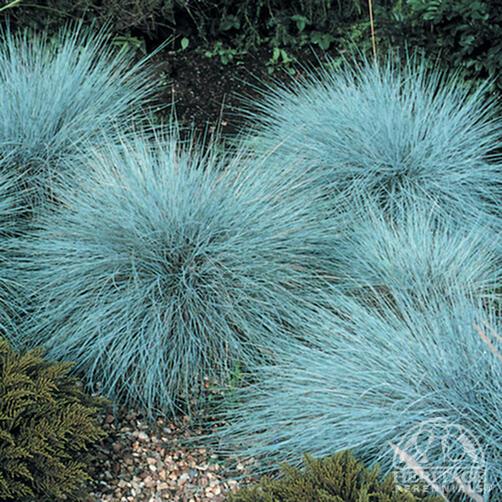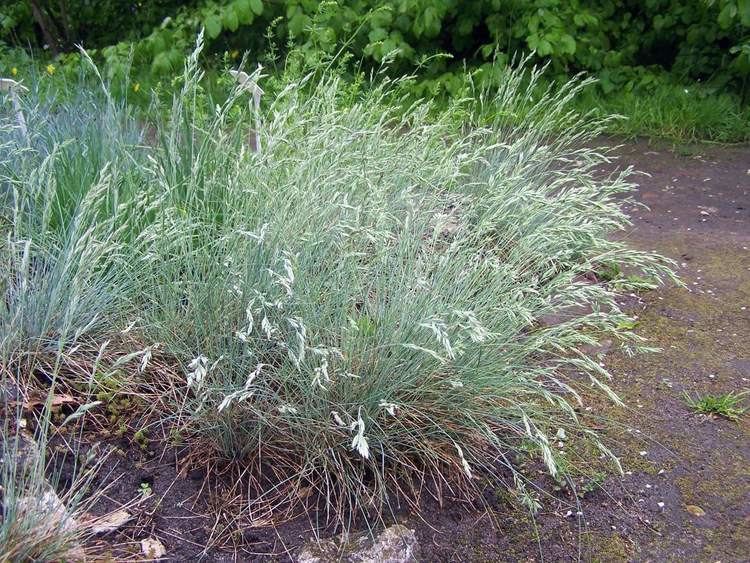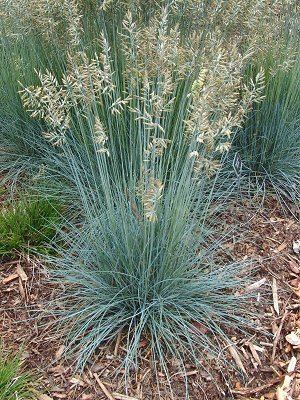Scientific name Festuca Rank Genus | Higher classification Grasses | |
 | ||
Lower classifications Tall fescue, Festuca rubra, Festuca glauca, Festuca ovina, Festuca pratensis | ||
Best ornamental grasses festuca elijah blue blue fescue
Festuca (fescue) is a genus of flowering plants belonging to the grass family, Poaceae (subfamily Pooideae). They are evergreen or herbaceous perennial tufted grasses with a height range of 10–200 cm (4–79 in) and a cosmopolitan distribution, occurring on every continent except Antarctica. The genus is closely related to ryegrass (Lolium), and recent evidence from phylogenetic studies using DNA sequencing of plant mitochondrial DNA shows that the genus lacks monophyly. As a result, plant taxonomists have moved several species, including the forage grasses tall fescue and meadow fescue, from the genus Festuca into the genus Lolium.
Contents
- Best ornamental grasses festuca elijah blue blue fescue
- Festuca glauca plant a day jan 5th
- Uses
- Species
- Subgenus Schedonorus
- References

Because the taxonomy is complex it is not clear how many true species belong to the genus, but estimates range from over 400 to over 500.

Festuca glauca plant a day jan 5th
Uses
Some fescues are used as ornamental and turf grasses and as pasture and hay for livestock, being a highly nutritious stock feed. Fescues are common on golf courses in the US and UK, usually beyond the second cut in the rough. Fescue is easily established on bare ground, outcompeting other plants and persisting over several years, and so is often used in soil erosion control programs. Tall fescue (F. arundinacea) is good for this purpose, and one cultivar, 'Kentucky 31', was used in land reclamation during the Dust Bowl of the 1930s in the US.

Fescue is sometimes used as feed for horses. However, fescue poisoning, caused by ergot alkaloids produced by the endophytic fungus Epichloë coenophiala, is a risk for pregnant mares. During the last three months of pregnancy fescue poisoning increases the risk of spontaneous abortion, stillbirths, retained placenta, absent milk production, and prolonged pregnancy. Incorporating legumes into the fescue can be a way to increase livestock gains and conception rates, even if the fescue is infected.
Species
Species include:
Subgenus Schedonorus
Proposed for inclusion in genus Lolium
